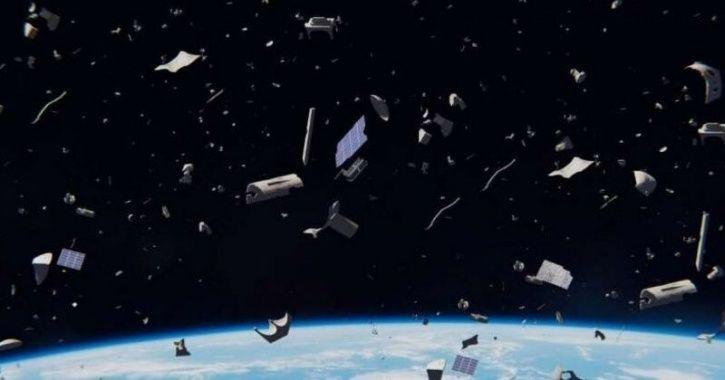ISRO which has launched some of the most ambitious space missions in the recent past has now taken a big step towards enhancing space security. The agency has reportedly initiated ‘Project NETRA’– an early warning system in space which would help it in detecting debris and other threats to India’s space assets.
Space debris are floating particles in the Space from the dead satellites or rocket parts. They stay in orbit for long periods and are a major threat to space assets as they have the potential of disabling onboard electronics and crippling satellites apart from disrupting services on it.
The project will cost India Rs. 400 crore but it is going to be a crucial development as it will give India its capability in Space Situational Awareness (SSA) like some other space powers. Once in place, ISRO would be in a position to predict threats to India’s satellites from debris. As per experts, this will also serve as a warning system in case of a missile or space attack.
Initially, the SSA is going to be for low-earth orbits or LEO which have remote sensing aircraft. However, the ultimate aim is to take it up to the GEO, or geostationary orbit, where most of the communication satellites operate.
Under ‘NETRA’, short for Network for space object Tracking and Analysis, India’s Space agency looks to put in place many observational facilities: connected radars, telescopes; data processing units and a control centre.
This is going to be a very sophisticated system with a range of 3,400 km and equal to a space orbit of around 2,000 km. It would have the capability of sporting, tracking and cataloguing objects up to the size of 10 cm.
According to space and defence experts, apart from protecting the satellites from space debris or other hazards, the SSA also boasts of a military quotient and adds a new dimension to India’s overall security.
Dinesh Kumar Yadvendra, Distinguished Fellow at the Centre For Joint Warfare Studies, Delhi said, “We should have started this kind of an SSA project a long-time back.” He added, “With long-range tracking radars, the SSA also provides us with the capability of an early warning system against ballistic missiles coming in at a height.”
Another expert, S. Chandrashekar, a former ISRO scientist, said, “India, as a responsible space power, should have SSA as a part of a national capability, as in the U.S. This is a vital requirement for protecting our space assets and a force multiplier.”
India possesses both civilian and military space assets, and the country has been focussing on increasing its space assets-build up. As of now, India possesses 15 functional Indian communication satellites in the geostationary orbit of 36,000 km; 13 remote sensing satellites in LEO of up to 2,000 km; and eight navigation satellites in medium earth orbits.
In today’s time, no country can afford taking its space infrastructure lightly. Therefore, it was indispensable for India to ensure sufficient protection of its increasing number of satellites. Therefore, the SSA comes as a much-needed development in India’s space capabilities.
Earlier, this year India had successfully conducted testing of ASAT weapons technology. This was seen as the creation of a deterrent capability in the face of China’s active development in its Anti-Satellite Weapons Technology. The SSA goes a step further in space security by ensuring that threats to space assets can be detected and taken care of.
